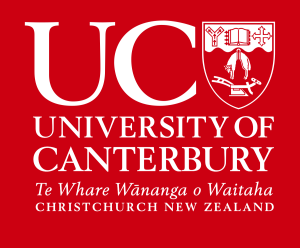For us, research impact means ensuring that scientific discoveries and innovations extend beyond scholarly publications to influence real-world outcomes.
In the biological sciences, impacts include:
- Environmental stewardship: Informing conservation strategies, biodiversity management, and ecological restoration.
- Health and wellbeing: Advancing biomedical research, disease prevention, and public health initiatives.
- Policy and practice: Shaping environmental policy, biosecurity measures, and sustainable resource use.
- Community engagement: Collaborating with iwi, hapū, and community groups to integrate mātauranga Māori and support culturally responsive science.
Achieving research impact for us involves active engagement with stakeholders, effective communication of findings, and a commitment to applying research in ways that address pressing biological and ecological challenges.

